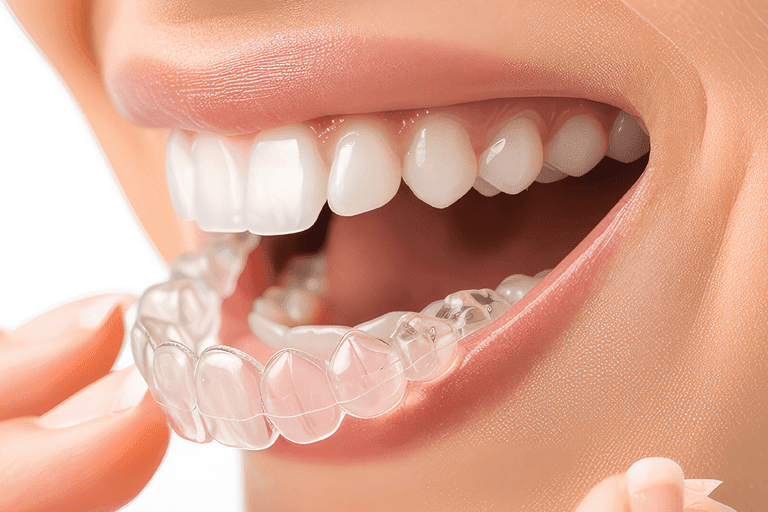A Simple Guide for Indian Patients
If you’ve been thinking about straightening your teeth but want to avoid the look and discomfort of traditional metal braces, clear aligners might be the solution you’re looking for. These transparent trays are a modern, discreet way to fix a variety of dental alignment issues — and they’re gaining popularity across India, especially among working professionals, students, and even older adults.
But what exactly can clear aligners fix? Here’s a simple, non-technical guide to help you understand the most common types of teeth misalignments that clear aligners can treat.
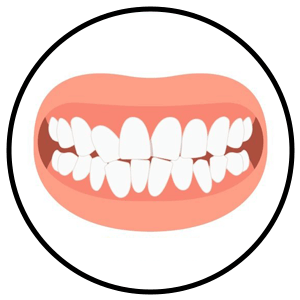
Crowded Teeth
What it is: When there’s not enough space in your jaw for all your teeth to fit normally, they may overlap, twist, or get pushed forward or backward.
How aligners help: Clear aligners gradually create space by shifting your teeth into better positions, making your smile more even and easier to clean.
Common signs: You may notice teeth overlapping, difficulty flossing, or food getting stuck often.

Gaps Between Teeth (Spacing Issues)
What it is: Too much space between some teeth — this could be due to small teeth, jaw size, or missing teeth.
How aligners help: Aligners gently bring teeth closer together to close the gaps and improve the overall symmetry of your smile.
Why it matters: Gaps can affect appearance, cause speech problems, and trap food particles, leading to cavities or gum issues.
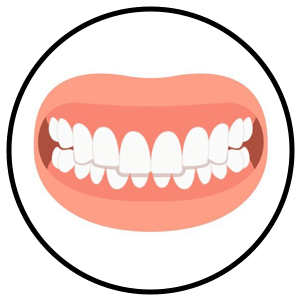
Overbite (Deep Bite)
What it is: When your upper front teeth stick out too far over your lower front teeth.
How aligners help: They can reduce the extent of the overbite by shifting both upper and lower teeth into better alignment.
Why fix it: A severe overbite can cause jaw pain, wear down your teeth faster, and even affect your face profile.

Underbite
What it is: When your lower front teeth sit in front of your upper teeth.
How aligners help: Aligners can push the lower teeth back and pull the upper teeth forward to improve your bite – though in very severe cases, additional treatment may be needed.
Impact: Underbites can make it hard to chew or speak clearly and may lead to jaw strain.

Crossbite
What it is: When some upper teeth sit inside the lower teeth instead of outside, especially on the sides of the mouth.
How aligners help: They help reposition the teeth to their correct locations, avoiding uneven tooth wear and gum issues.
Why it’s a problem: A crossbite can cause one side of your mouth to wear down more quickly, and may lead to gum damage or jaw pain.
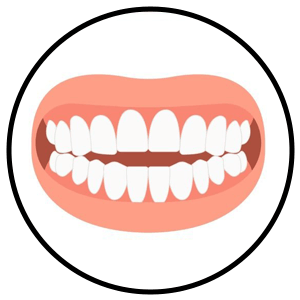
Open Bite
What it is: When your upper and lower front teeth don’t touch even when your mouth is closed — you may see a vertical gap.
How aligners help: They can help move the front teeth so they meet properly when you close your mouth.
Common signs: Difficulty biting into foods like sandwiches or apples.
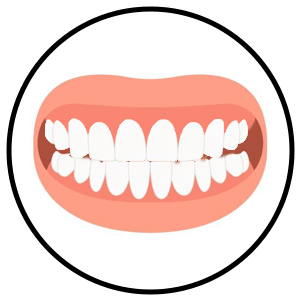
Midline Misalignment
What it is: When the center of your upper front teeth doesn’t line up with the center of your lower front teeth.
How aligners help: They can realign the teeth so both sides of your mouth are more balanced and symmetrical.
Is it important? It’s often a cosmetic issue but can sometimes indicate deeper bite problems.
Why More Indians Are Choosing Clear Aligners
- Invisible: No one has to know you’re straightening your teeth.
- Removable: Eat your favorite foods without restrictions.
- Comfortable: No wires or brackets to poke your gums.
- Faster: Many cases complete in 6 to 12 months.
Custom-made: Tailored to your unique smile by trained dentists.
Are Clear Aligners Right for You?
Not all cases are suitable for aligners — severe jaw issues or complex movements may still need traditional orthodontic solutions. However, for mild to moderate alignment problems, clear aligners are often a convenient and effective choice.
In India, aligner treatment is now available across major cities like Mumbai, Pune, Bangalore, Ahmedabad, Surat, and more. Many clinics offer EMI options and free smile assessments to get you started.
Thinking About a Better Smile?
If you’ve noticed any of these misalignments in your own teeth – or your child’s – it’s a good idea to book a consultation with a dentist who offers clear aligner treatment. A digital scan or X-ray is usually all it takes to find out if you’re a good candidate.
Your dream smile could be just a few invisible trays away!

